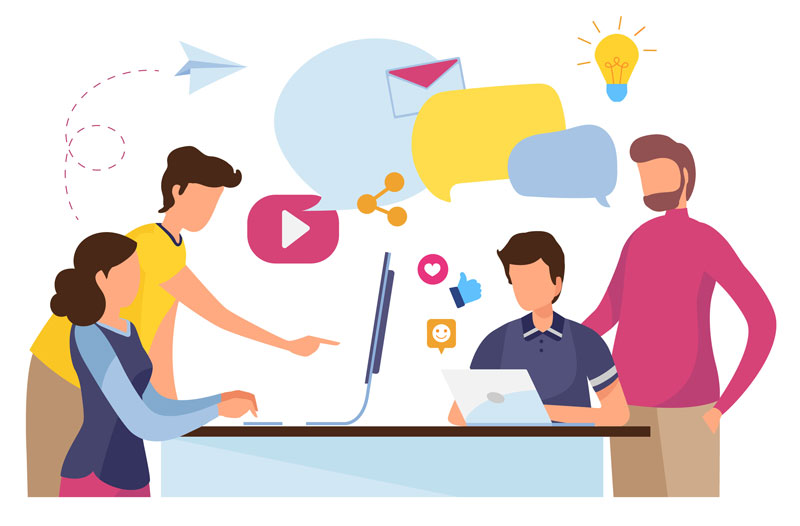When was the last time you analyzed your current data and strategy to understand your customers at a deeper level? In order to have a successful marketing strategy, you need to know who you’re marketing to. Defining your customer persona will help you better target your ideal customer.
Sometimes known as buyer personas or audience personas, customer personas are essentially profiles you create based on data and research that help define the segments within your target audience.1
Unlike segmentation that can simply tell you customer’s location or age range, personas allow you to create a representative sample of an audience, still using key demographic information while also including far more emotive information such as personal motivations, what customers value in a brand, what kind of communication they prefer, etc.2
Over 63% of marketers create content by utilizing buyer personas.3 The benefits of having a persona to base your marketing on include better understanding the purchase motivations in the customer buying process, improved targeting and position, and even more direction for your messaging and branding. The best marketing strategies are created through leveraging detailed customer personas.
It’s important to remember that this information should be based on real data. Making assumptions about your audience based on face value can cause your marketing strategy to get stuck heading in the wrong direction.
The first step to creating your customer persona is to decide exactly what information to include. This can be broken down into either quantitative or qualitative data.
Quantitative data examples include age, location, income, marital status, and job title.
Qualitative data examples include challenges, priorities, influences, goals, hobbies, and interests.
Your next step will be to analyze your own data. Your research pool should include a mixture of customers, prospects, and people outside your contacts database who align with your target audience.2
For obtaining quantitative demographic information, you can use web analytics tools to easily identify what location your website traffic is coming from. For data on customers’ age range, you can analyze your existing prospect and contact database.
Social media is another important tool for establishing personas, with most platforms already having in-built analytics that can offer key data sets. Facebook Insights, for example, allows brands to tap into how users are responding to ads, as well as what kind of content is generating the most engagement.4 By comparing this to other specific user data, such as gender, marital status, etc. you will be able to round out your customer personas even more.
For gathering more personal qualitative or psychographic information, you can start by speaking to real customers’ insight, internal sales teams, and customer service reps. They can help you uncover trends in common objections and challenges they face and common customer feedback. It’s important to consider feedback from customers that is both positive and negative.
By having casual conversations with your customers about hobbies and interests, you can come to learn for example that large segments of your audience are also similarly interested in sports, physical fitness, or traveling. By combining all of these details, you’ll be able to create buyer personas that are accurate and highly valuable for your business.




